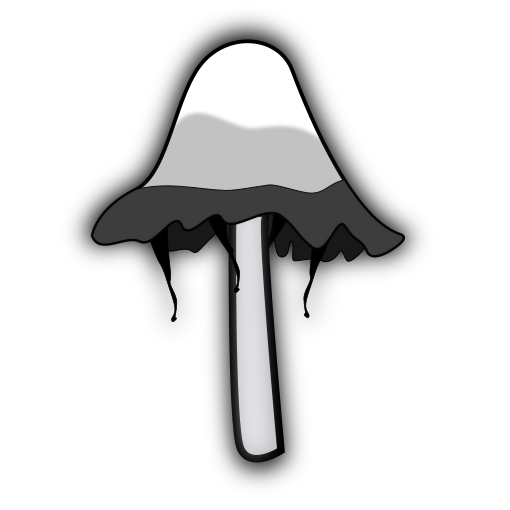Psilocybin is so nice, mushrooms evolved it twice.
Scientists found that the magic behind so-called “magic mushrooms”—psilocybin, a psychedelic compound—has evolved at least twice in mushrooms, and in very different ways.
Researchers in Germany and Austria examined two different types of magic mushrooms. They showed that while both kinds make psilocybin, the biochemistry each relied on to produce the natural compound were entirely distinct. The findings suggest psilocybin may be an example of convergent evolution, in which two, unrelated forms of life nevertheless evolve to develop similar traits or features.
“Mushrooms have learned twice independently how to make the iconic magic mushroom natural product psilocybin,” the authors wrote in the paper, published last month in the journal Angewandte Chemie International Edition.



Wow, TIL, thank you
I wanted to help clarify that many fungi do actually produce anti-fungal compounds. It doesn’t make sense at first, but mycelium can be insanely competitive and it’s usually “at war” with other types of fungi where growing conditions are ideal.
Edible mushroom growers may have to deal with trichoderma infections from time to time. That little bastard fights mainly by mass multiplication and rapid growth. It’ll choke out and dominate other strains before they have a chance to produce any effective defense.
When starting a mushroom grow, it’s basically just tilting the initial mycelium battles in the favor of the strain you want so it has a chance to dominate and kill other strains of fungi.
It’s not a far stretch to assume that fungi developed odd chemical compounds if it even slightly increased survival odds. Any psychedelic aspects could be just an unintentional side effect that helped promote cultivation.
I don’t personally think it’s a far stretch, as we are basically cities of microorganisms and many battles are fought at a cellular and chemical level. Some plants produce pesticides that ward off other plants, like creosote bushes. It seems sensical that fungi might do something similar, especially because like you’ve noted, growing conditions for one type of fungus are often ideal for other types, leading to competition.